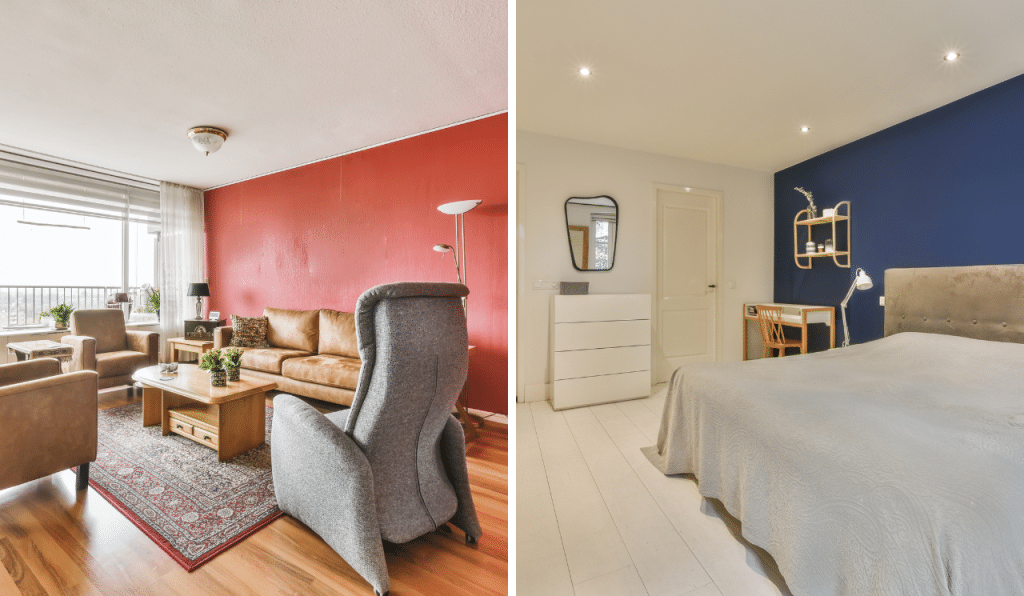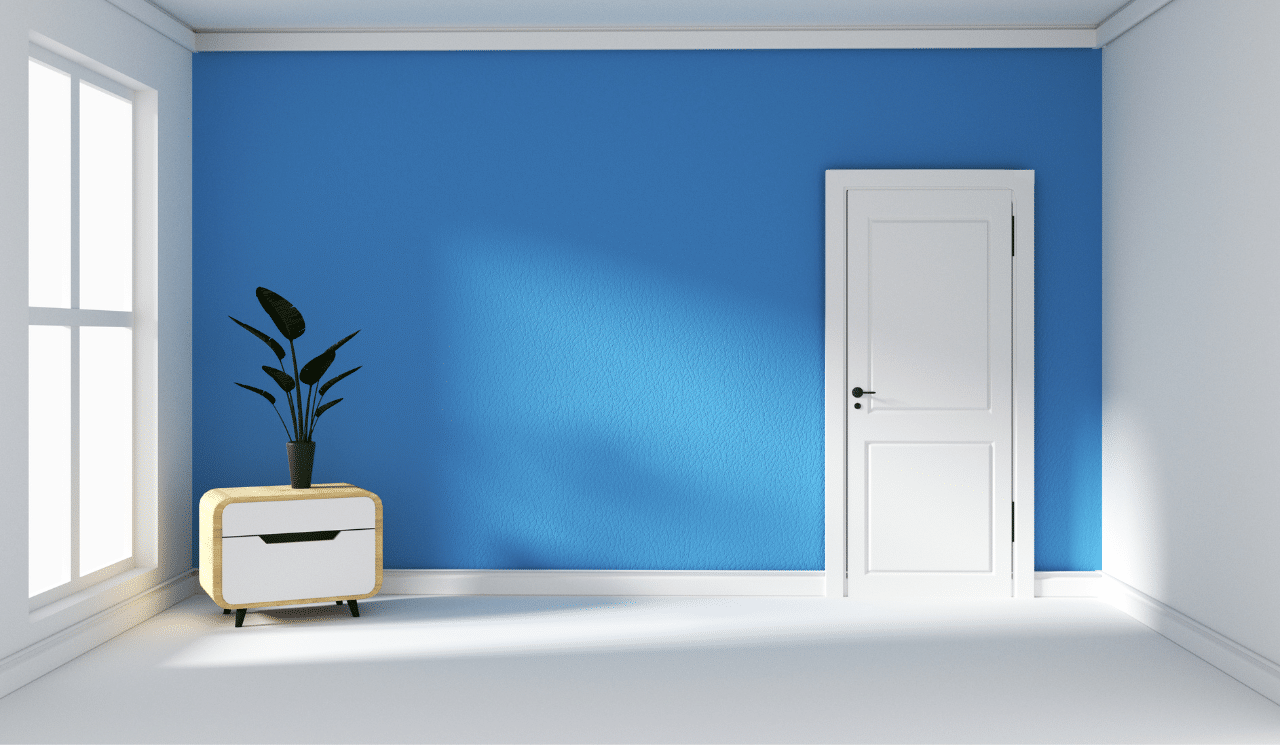When it comes to redecorating a room, one of the most impactful changes you can make is to add an accent wall. An accent wall or a feature wall is a wall that is painted or decorated in a different colour or pattern than the other walls in the room. This can add depth, visual interest, and personality to your space. But with so many colours and patterns to choose from, how do you pick the perfect accent wall colour for your room?
The first step is to consider the existing colour scheme in your room. Look at the colours of your furniture, curtains, and accessories, and choose a colour that will complement or contrast with these colours. For example, if your room has a neutral colour scheme, you could add a pop of colour with a bright accent wall, or if your room has bold colours, you could choose a muted accent colour to balance the space.
Next, consider the mood you want to create in your room. Do you want a calm, soothing atmosphere or a bold and energetic one? Different colours can evoke different emotions, so it’s important to choose a colour that matches the feeling you want to create. For example, blue is often associated with calm and relaxation, while red is associated with passion and energy.
Another factor to consider is the size of your room. If your room is small, choosing a dark or bold accent wall colour can make the space feel smaller and more cramped. Instead, opt for lighter or softer colours that will help open up the space. If your room is large, you can choose a bolder accent colour to create a dramatic focal point.
When it comes to patterns, there are many options to choose from. Wallpaper is a popular choice for accent walls and comes in a wide variety of colours and patterns. Stripes, chevrons, and geometric patterns are all popular choices for creating a bold, modern look. If you prefer a more subtle look, you could choose a wallpaper with a simple texture or pattern, such as grasscloth or damask.
Paint is another option for creating an accent wall. You can choose a bold, solid colour, or create a pattern using stencils or painter’s tape. Ombre, or a gradient effect, is a popular choice for creating a subtle yet striking accent wall.

Finally, it’s important to consider the lighting in your room. The lighting can affect the way a colour looks on the wall. Natural light will bring out the truest colour of the paint, while artificial light can create a warm or cool tone. Consider how the lighting in your room changes throughout the day and choose a colour that looks good in all lighting conditions.
In conclusion, choosing the perfect accent wall colour for your room is all about balance. You want to choose a colour that complements your existing colour scheme, evokes the mood you want to create, and fits the size and lighting of your room. With these factors in mind, you can create a beautiful and inviting space that reflects your personal style and taste.





